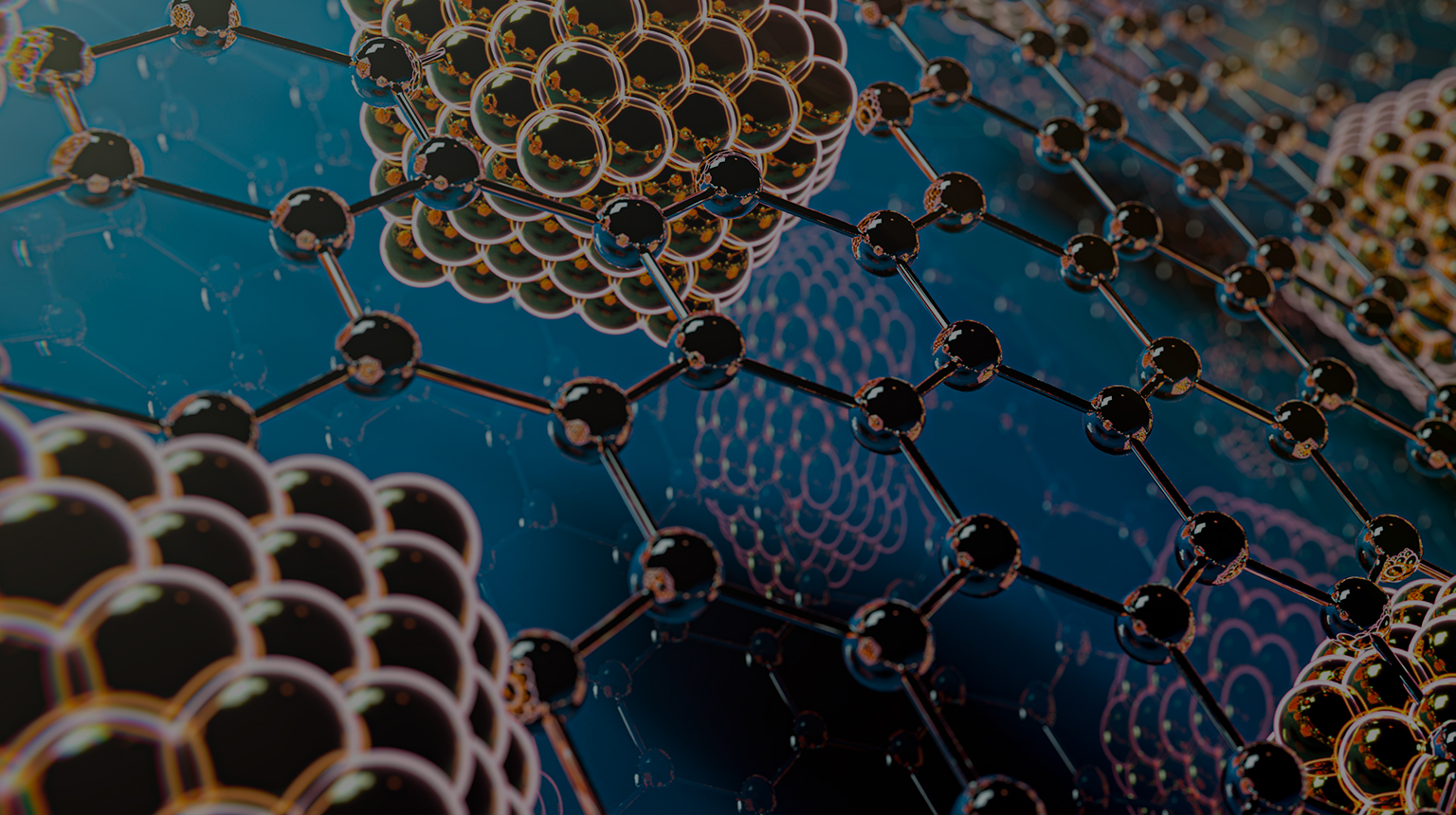

Publication
- HOME
- Publication
Publication
|
Mechanistic insights into red mud, blast furnace slag, or metakaolin-assisted stabilization/solidification of arsenic-contaminated sediment
관리자 │ 2024-05-11 HIT 257 |
|---|
|
Journal: Environment International Authors: Lei Wang, Liang Chen, Daniel C.W. Tsang, Yaoyu Zhou, Jörg Rinklebe, Hocheol Song, Eilhann E. Kwon, Kitae Baek, Yong Sik Ok Abstract: Elevated level of arsenic (As) in marine sediment via deposition and accumulation presents long-term ecological risks. This study proposed a sustainable stabilization/solidification (S/S) of As-contaminated sediment via novel valorization of red mud waste, blast furnace slag and calcined clay mineral, which were selected to mitigate the increased leaching of As under alkaline environment of S/S treatment. Quantitative X-ray diffraction and thermogravimetric analyses illustrated that stable Ca-As complexes (e.g., Ca5(AsO4)3OH) could be formed at the expense of Ca(OH)2 consumption, which inevitably hindered the hydration process and S/S efficiency. The 29Si nuclear magnetic resonance analysis revealed that incorporation of metakaolin for As immobilization resulted in a low degree of hydration and polymerization, whereas addition of red mud promoted Fe-As complexation and demonstrated excellent compatibility with As. Transmission electron microscopy and elemental mapping further confirmed the precipitation of crystalline Ca-As and amorphous Fe-As compounds. Therefore, red mud-incorporated S/S binder achieved the highest efficiency of As immobilization (99.9%), which proved to be applicable for both in-situ and ex-situ S/S of As-contaminated sediment. These results advance our mechanistic understanding for the design of green and sustainable remediation approach for effective As immobilization. Keywords: Green/sustainable remediation, Potentially toxic element, Arsenic leachability, Waste valorization/recycling, Hydration and polymerization, Precipitation chemistry DOI: https://doi.org/10.1016/j.envint.2019.105247 |
| 이전글 | Coupling carbon dioxide and magnetite for the enhanced thermolysis of polyvinyl ... |
|---|---|
| 다음글 | Enhancement of syngas for H2 production via catalytic pyrolysis of orange peel u... |





